Precision is paramount in the fast-paced world of online advertising. Pay-per-click (PPC) advertising has revolutionized digital marketing by enabling advertisers to target a highly specific audience. One of the most critical aspects of PPC campaigns is audience targeting, which involves delivering ads to the right people at the right time. When running paid ad campaigns, it's not just about keyword bidding, writing ad copy, and creating engaging headlines. It's also about understanding your target audience's preferences, behaviors, and demographics to maximize returns on your advertising budget. Whether you're running PPC ads on platforms like Google Ads, Microsoft Ads, or social media, it's crucial to focus on audience targeting to generate leads for your landing page. In this blog, we will discuss audience targeting in detail and how it can help advertisers connect with their ideal customers and drive successful campaigns in the highly competitive digital landscape.
The secret to PPC advertising in the broad digital world, where competition is stiff and attention spans are short, is to master the art of audience targeting. Understanding and efficiently utilizing audience targeting tactics has become more critical than ever as businesses attempt to reach the right individuals with the right message at the right time. An in-depth discussion of audience targeting for search ads, display ads, video ads, etc, will be covered in this thorough blog, along with methodologies, tools, and best practices that will help you maximize the effectiveness of your online marketing campaigns.
Understanding audience targeting: A fundamental approach
Understanding the underlying idea of audience targeting is essential before getting too detailed. In PPC, audience targeting is the process of displaying particular advertisements to a specific demographic based on factors like user interests, behaviors, user experience and online auctions. Advertisers may increase their ad budget, increase click-through rates, and increase conversions by targeting a smaller audience. As in search engine optimization, you focus on optimizing SEO campaigns as per the target audience and ensure that your website ranks higher for the user's search queries entered. In the same way, to increase the performance of your PPC ads, you can consider optimizing the PPC campaigns in sync with the PPC trends to achieve the desired marketing goals.
Types of audience targeting in PPC
PPC audience targeting types: Increasing accuracy and relevance Precision is essential in the world of digital marketing. Your chances of conversion are better the more precisely you can target your advertisements to your audience. Let's explore the two primary PPC audience targeting categories in more detail:
1. Demographic targeting - Understanding the core features of your audience is the basis of demographic targeting. Age, gender, income, education, and marital status are all included in this. These elements offer vital information about the lifestyles of your potential consumers. A retirement planning service, for instance, might be more appropriate for an audience above a specific age group, whilst contemporary clothing could be more appealing to younger people. Ads that are tailored to these particular demographic groups ensure the target audience is genuinely receptive to your message. Additionally, knowing the characteristics of your target will enable you to create captivating ad copy and imagery that speaks directly to their interests and objectives. For instance, if a luxury automobile commercial targets high-earning professionals rather than younger, cost-conscious consumers, it will be very different. In addition to improving the relevancy of your advertisements, demographic targeting forges a more personal bond with your prospective clients. You can focus on location targeting to ensure that the relevant users click on your paid ad and your ad budget does not get drained on the irrelevant clicks. When you have quality users clicking on your ads it enhances the conversion rate of your website. It also helps to build brand awareness and more users get to know about your business. When optimizing Facebook Ads, optimizing YouTube Ads, optimizing LinkedIn Ads, etc. you focus on demographic targeting to ensure that the relevant users click on your ad. Similarly, with demographic targeting you can focus on location targeting, audience segmentation, ad scheduling, etc. to ensure that your ads appear to the target audience at the right time.
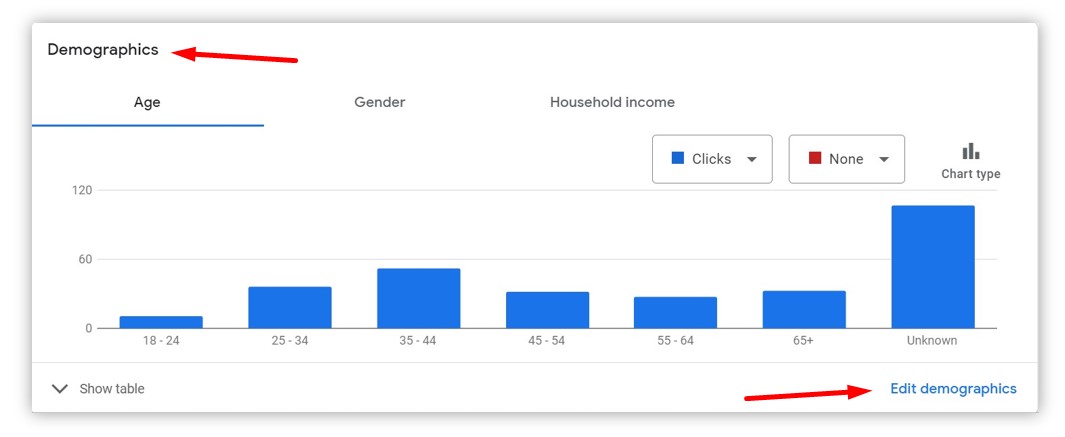
2. Behavioral targeting - Utilizing an analysis of individuals' prior online activity, behavioral targeting employs a more subtle strategy. Studying their website usage, search terms , content engagement , and past purchases is part of this. Marketers glean insights into user intent and preferences by examining these behavioral patterns. For instance, a person who reads articles about outdoor experiences and looks for hiking gear regularly is probably interested in outdoor activities. Understanding these user behaviors enables advertisers to anticipate future user interests. Advertisers may dramatically boost the chance of conversions by delivering customers advertising relevant to their preferences and previous interactions. Advertisers may proactively predict their audience's requirements and provide pertinent offers and solutions due to behavioral targeting. When you focus on understanding user behaviour, you get to know what type of products or services users are looking for on the online platforms and what changes need to be made in the ad campaign so that your ads rank higher on these platforms.
3. Geographical targeting - Geographic targeting is a crucial component of audience targeting in PPC. The requirements and tastes of your audience might be significantly influenced by where they are. To ensure foot traffic and local involvement, a restaurant in New York city would want to attract customers who live in the city or adjacent areas. Similarly, an online company may wish to concentrate on areas where their delivery services are accessible and dependable. Businesses may close the distance between their online presence and their consumers' actual locations by using geographic targeting. It ensures that consumers in particular areas see your advertising, allowing you to optimize your budget and increase the effectiveness of your campaigns. Additionally, localized advertising gives viewers a feeling of urgency and relevance, increasing their propensity to interact and convert. As in local SEO you focus on conducting SEO keyword research, preparing SEO reports, conducting SEO audit, etc. to ensure that the website visibility among the users increases. When you focus on geographical targeting you can focus on campaign analysis, conducting PPC keyword research, performing PPC audit , preparing PPC report , etc, so that the performance of your local PPC campaigns increases.
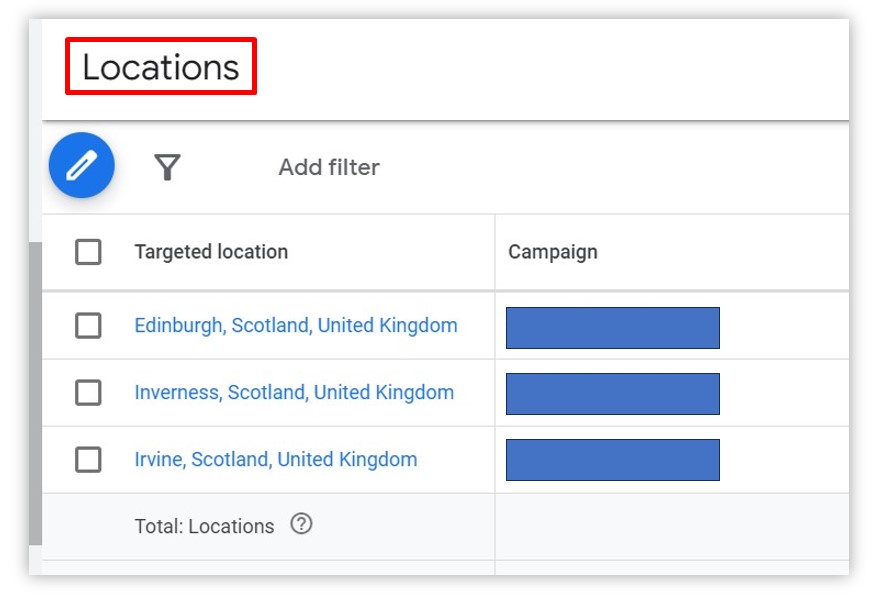
4. Interest-based targeting - Targeting consumers based on their interests is like seeing their complex mental landscape. Advertisers may customize their campaigns to capture the attention of a more engaged and responsive audience by concentrating on individuals' hobbies, interests, and preferences. Suppose you're pushing a fitness app, for instance. In that case, you may ensure that your advertisements are seen by those who are already interested in your product by focusing on those who are interested in health and wellbeing, gym memberships, or healthy recipes. By thoroughly understanding these niche interests, you may create advertising content that speaks directly to what inspires and excites your audience. You can also take help from content specialists for writing great content. Interest-based targeting also extends beyond the obvious. It explores the subtleties of consumer behavior , figuring out what consumers enjoy and why. Focusing on customers interested in sustainable living is essential for a company providing eco-friendly goods. Interest-based targeting promotes a stronger connection between your business and your audience by matching your services with consumers' inner beliefs and interests. Instead of only presenting things, sharing a shared ethos to build a strong consumer base is essential. This is essential as when you focus on social media marketing and analyze that your ads need to be optimized as per the users interest. Similarly, you need to focus on optimizing your Google Ads, optimize Microsoft Ads, etc. as per the users interest. You can add engaging CTAs, as it would help create a sense of urgency among the users to take the desired action on reaching the landing page. This ad personalization increases the chances of the visitor converting to a customer.
Advanced audience targeting techniques
I. Remarketing: Rekindling interest, reaping rewards - Remarketing, also known as retargeting, is a business strategy that enables companies to reconnect with customers who have previously connected with their website. It's like reaching out to people who have shown interest but might have yet to make a purchase or finish a desired action. Businesses may gently prompt users to return to their website and complete the desired action, whether making a purchase, completing a form, or subscribing to a newsletter, by presenting targeted advertisements to these consumers as they explore other websites or social media platforms. The flexibility of remarketing to customize the user experience is one of its main advantages. These personalized advertisements might bring up previous goods visitors have looked at, luring them back with special deals or more details. In addition to improving conversion rates, this human touch also boosts brand recognition and encourages consumer loyalty . Remarketing is an effective marketing tactic that gives companies a second chance to leave a lasting impression and convert unconvinced prospects into paying customers.
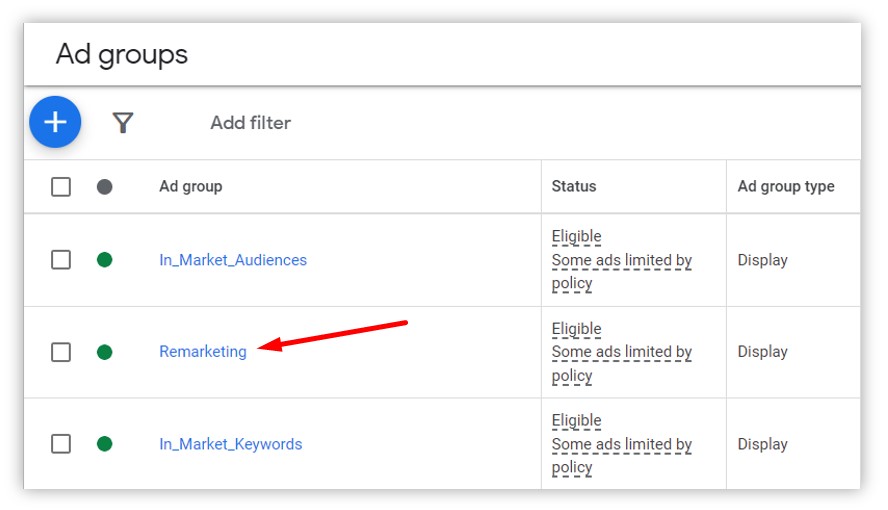
II. Lookalike/similar audiences: Expanding horizons, capturing relevance - A significant advancement in audience targeting is represented by look-alike or similar audiences. This advanced method entails examining the features and behaviors of your current clients to find similar users who share these attributes. Platforms like Google Ads and Facebook Ads use sophisticated algorithms to identify these 'lookalikes,' enabling marketers to reach out to fresh, relevant audiences likely to be interested in their products. Similar demographic groups increase the effect of your marketing. You may access a pool of potential clients who are more likely to interact with your brand by concentrating on individuals who display traits in common with current customers. This strategy increases the effectiveness of your advertising budget but also aids in identifying untapped markets and the growth of your client base. Therefore, lookalike audiences play a crucial role in ensuring that your marketing efforts are seen by the right people, increasing the chance of successful conversions.
III. Custom audience segmentation: Precision perfected - The ultimate goal of customized marketing is audience segmentation. It includes forming extremely focused audience segments using demographic, behavioral, and interest-based variables. Due to this granular approach, businesses may customize their communications to match the particular requirements, preferences, and pain points of various client segments. For instance, a tech corporation may design a unique segment for 'Frequent Gamers,' 'Professional Creatives,' and 'Tech Enthusiasts,' each of whom would get messages catered to their interests and needs.
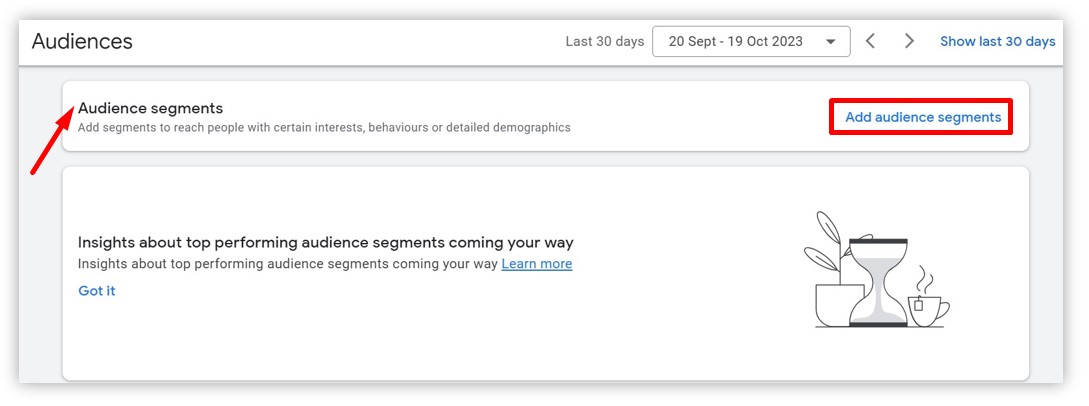
Tools and platforms for effective audience targeting
Several tools and platforms can aid in audience targeting for PPC campaigns:
A. Google Ads: Precision in every click - Google Ads, the powerhouse of online advertising, offers a comprehensive suite of audience targeting options designed to maximize the impact of your campaigns. Google Ads provides a wide range of features to help you target audience actively exploring and comparing products or services, from demographics like age, gender, and income levels to in-market audiences. The ability to target people based on their enduring interests through affinity audiences, on the other hand, enables you to match your advertisements with their interests and passions. Additionally, bespoke intent audiences allow marketers to target users actively looking for particular keywords, ensuring that those see your advertisements in the middle of the buying process. Google's audience insights give vital information to fine-tune your targeting approach by delving into your audience's complex tastes and behaviors. Google Ads gives you the tools to create captivating ad campaigns that resonate strongly by helping you understand what makes your audience click. It ensures that your message is delivered to the appropriate audience at the right moment. When using Google Ads, you want to interact with your audience on a personal level to increase click-through rates and conversion rates.
B. Facebook Ads: Where connections fuel conversions - With its enormous user base, Facebook Ads offers marketers a wealth of audience targeting options. Facebook allows you to target people based on their interests, behaviors, relationships, and basic demographic information. With this detailed approach, you can be confident that only individuals who meet certain demographic characteristics and are genuinely interested in your products will see your advertisements. The genius of Facebook Pixel, a sophisticated monitoring technology, is in its capacity to keep track of user activity on your website. Facebook pixel allows you to precisely construct bespoke audiences by gathering information on user behavior. Users who have visited particular sites, abandoned shopping carts, or taken specific actions can be targeted, allowing you to create adverts that are tailored to their journeys. With this degree of personalization, you can be confident that your advertising will resonate with people profoundly and encourage conversions and brand loyalty.
C. LinkedIn Ads: Navigating the professional landscape - LinkedIn Ads stands tall as the preferred platform for B2B advertisers, offering a unique environment for precise targeting. LinkedIn enables companies to efficiently interact with decision-makers and business leaders by letting them target users based on their job titles, company sizes, industries, and professional interests. By being so particular, you can be sure that interested and influential people will see your advertisements in their organizations. LinkedIn is used by professionals, C-level executives etc. and it is essential to target these audiences based on their interests. So, PPC experts need to focus on optimizing their strategies that lures the target audience into taking the desired action, The exact targeting choices available on LinkedIn go beyond professional classifications and also take into account years of experience, skill sets, and educational attainment. With a thorough grasp of your target market, you can develop campaigns that directly address the issues and goals faced by experts in your field. LinkedIn Ads offer a platform where your message may be heard by the people who matter the most, whether you're offering specialized services, items made for companies, or professional development opportunities.
Best practices for successful audience targeting
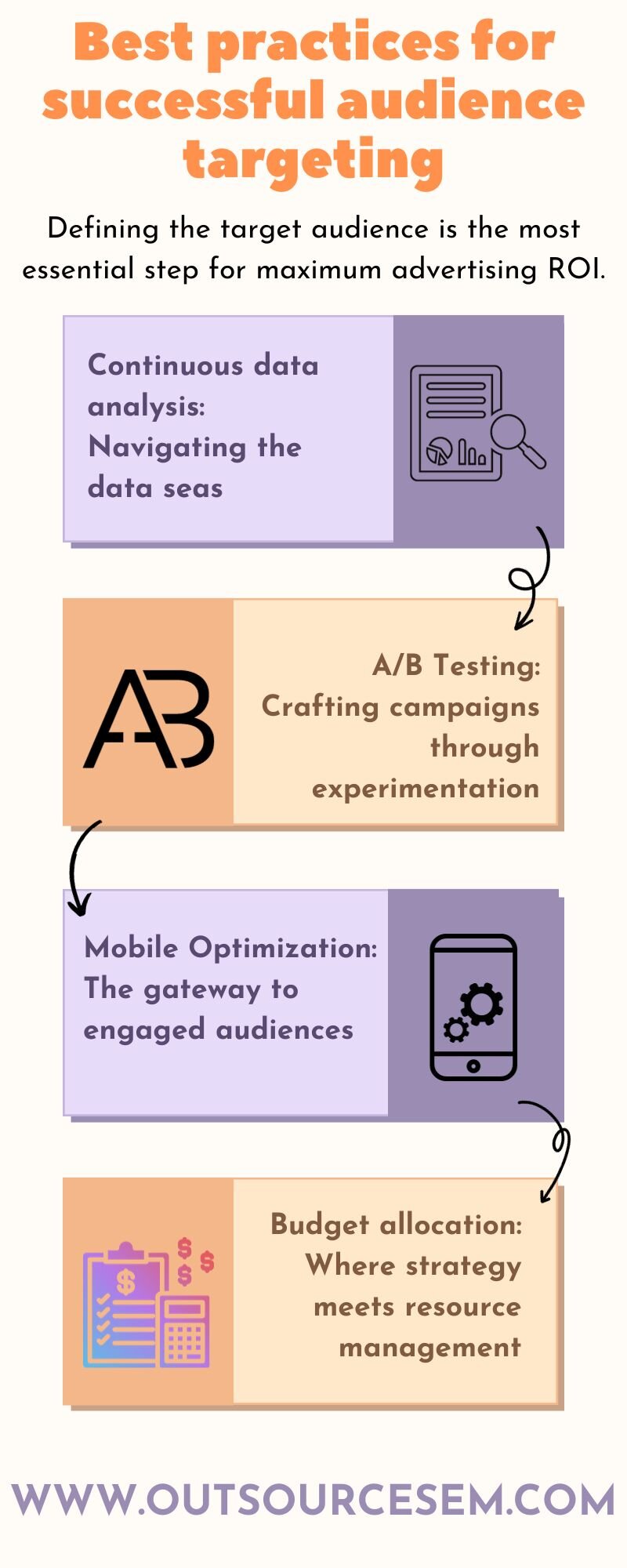
1. Continuous data analysis - Continuous data analysis acts as the compass pointing your PPC campaigns toward success in the always-shifting world of digital advertising. Examining your campaigns' success indicators on a regular basis is a strategic need, not simply a duty. In-depth data analysis gives you a comprehensive picture of how your audience segments behave, enabling you to see trends and determine which groups are actually converting. With this knowledge at hand, you may dynamically modify your targeting approach. You can maximize your ad budget and ensure that every dollar spent produces worthwhile returns by directing resources to the best ROI segments. Continuous data analysis is more than simply looking at numbers; it's about knowing the pulse of your audience so you can react immediately and direct your efforts for the best results.

2. A/B testing - Assumptions are the enemy of growth in PPC advertising. As a scientific technique, a/b testing enables you to experiment, learn, and adapt. You may discover the secrets of audience preferences by running A/B tests with various target segmentation, ad creatives, and messages. Understanding why something works is the goal of this experimentation, not merely identifying what works. A minor change to the call-to-action, an alternative picture, or the ad wording can dramatically impact. You may acquire profound insights into what connects most strongly with your audience by carefully examining the outcomes of A/B testing. These insights become the building blocks of your refined campaigns, ensuring that your marketing efforts are data-driven and audience-validated. A/B testing isn't a one-time event, it's a continuous process of refinement, where each iteration takes you one step closer to campaign perfection. When you run two versions of the same ad you can analyze the necessary changes that need to be done to improve the performance of the ad. As you choose the best ad format for your business you can analyze and select the better ad version that increases the chances of achieving the desired advertising goals.
3. Mobile optimization - Mobile optimization is no longer an option in the age of smartphones, it has become essential. Your PPC ads must be mobile-friendly since more and more people are using mobile devices to access the internet. It takes more than just responsive design to create seamless user experiences for mobile devices that draw users in and motivate them to take action. Mobile-friendly advertisements load quickly, look perfect, and offer simple interactions, increasing engagement among mobile users. Mobile-optimized campaigns ensure that your audience has an uncomplicated, aesthetically pleasing experience, whether through an engaging video ad or a brief text-based promotion. By adopting mobile optimization, you don't simply stay current; you set the pace, generating engaging, pleasant encounters that dramatically impact your audience's mobile-friendly customers. As you focus on optimizing websites for mobile devices, similarly, you must optimize ads for mobile devices so that the users can see the ad at any time from any place. This increases the impression share of your ad which ultimately increases the number of clicks on the ad.
4. Budget allocation - Budget distribution in PPC campaigns is comparable to allocating resources on a battlefield since each choice can affect the result. Smart budgeting involves more than simply numbers, it also involves strategic vision and flexibility. This can be done through automated bidding and manual CPC bidding. You can see which audience segments are your top performers and which ones may use extra support by examining the performance of various audience groups. With this information together, you can carefully manage your budget, concentrating more efforts on sectors that provide greater conversion rates. Furthermore, allocating a budget is a dynamic process, not a decision made once. Budget adjustments for failing segments become increasingly important as the market and audience preferences change. Using an active strategy, you can direct your resources where they are most needed, maximizing your return on investment and guiding your campaigns toward long-term success.

Conclusion
Understanding your audience is essential for creating successful campaigns in the changing world of PPC advertising. Businesses may create individualized experiences that resonate strongly by diving into demographics, behaviors, and interests. Clicks are converted into meaningful engagements by utilizing platforms like Google Ads, Facebook Ads, and LinkedIn Ads, together with techniques like ongoing data analysis, A/B testing, mobile optimization, and strategic budget allocation. You can also avail of white label social media marketing services and outsource Facebook Ads to improve the performance of your social media ads. Every connection becomes a chance to engage, persuade, and develop enduring customer relationships. The key to effective marketing in the current digital era is audience targeting, which ensures that businesses reach their target audience and connect with them, making a lasting impression on the online world. If you find PPC audience targeting a tough task to perform, you can get in touch with a digital marketing company with expertise in running PPC ads. As you outsource SEO services and hire SEO professionals to work on link building, SEO analytics, video SEO, small business SEO, enterprise SEO,etc. to enhance the performance of your SEO campaign. In the same way, you can outsource PPC services to a white label PPC company that has expertise in optimizing ad campaigns. Getting in touch with an offshore digital marketing company would help you hire professionals with global expertise and optimize the performance of the ad campaign on a much broader scale. Also by hiring our PPC experts you can avail various other services for your businesses like lawyer PPC, painting PPC, small business PPC, plumbing PPC, electrician PPC and much more. By getting in touch with our PPC agency via these services you can increase sales and conversion on your website.
References:
. A PPC guide to privacy-focused audience targeting
. A complete guide to PPC ad targeting options
